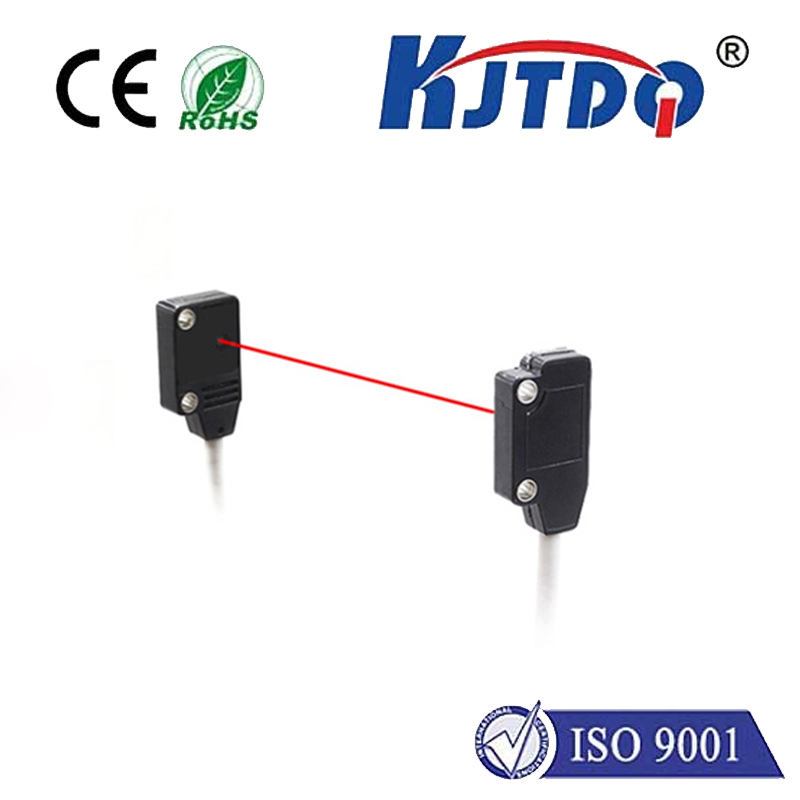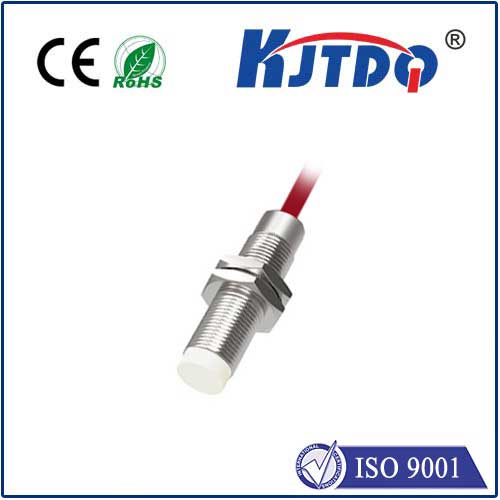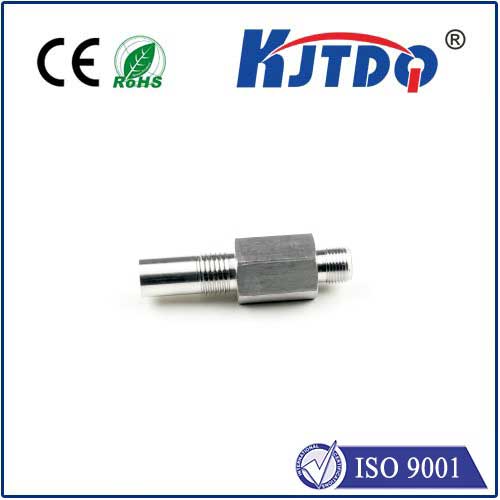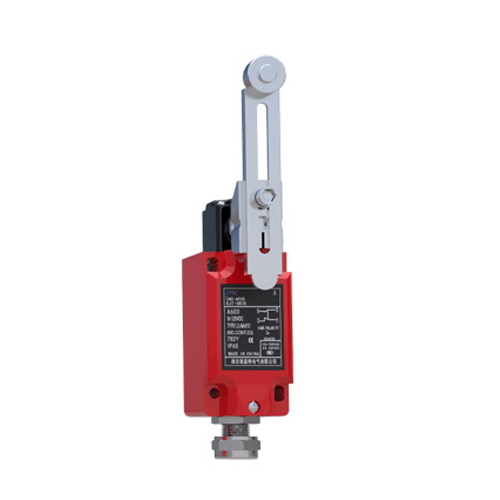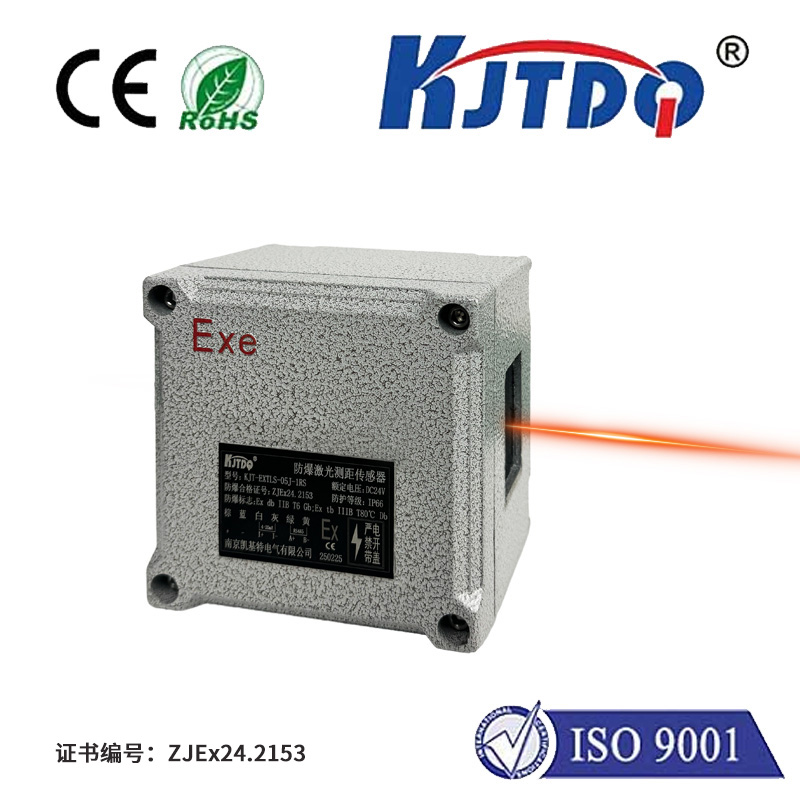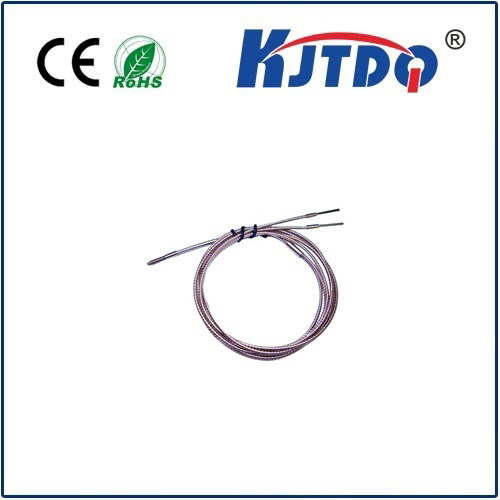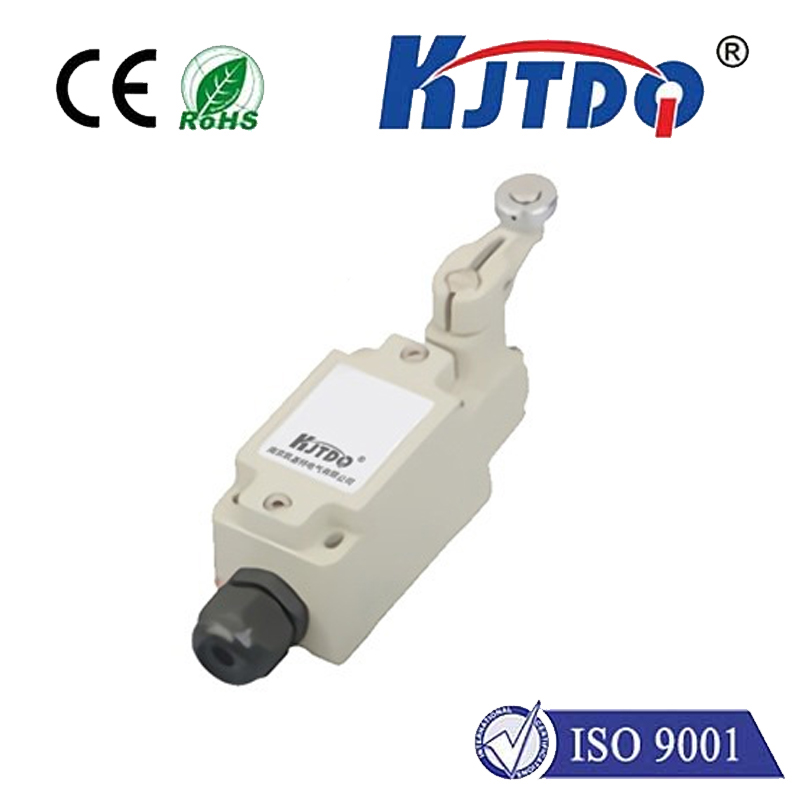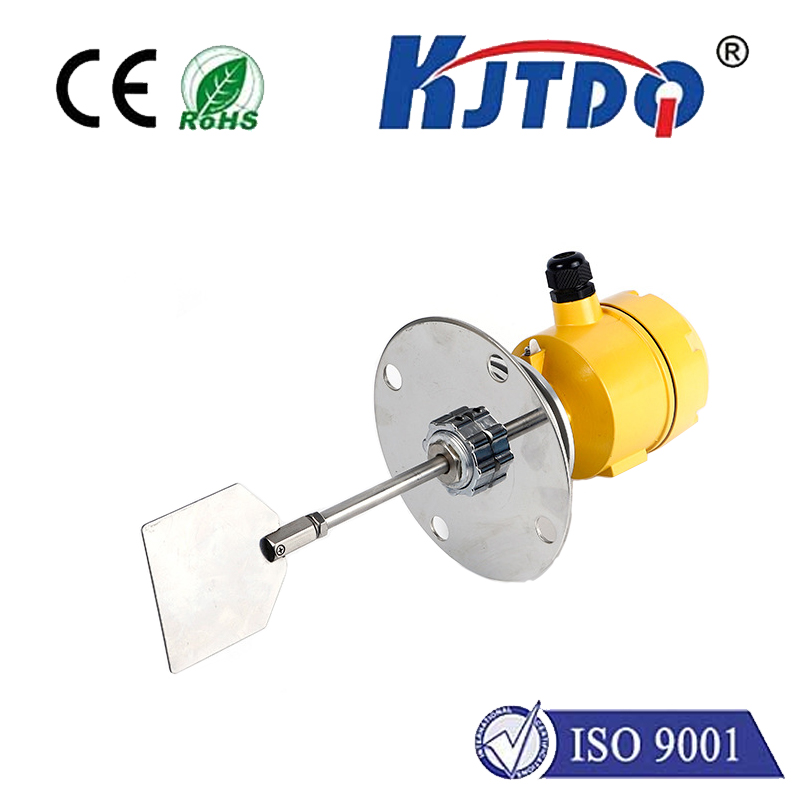E2E-X10MF2-M1-Z proximity sensor
- time:2025-09-22 13:14:46
- Нажмите:0
E2E-X10MF2-M1-Z Proximity Sensor: Precision Sensing Redefined for Demanding Automation
In environments where even a millimeter matters, where machines hum with relentless precision and the margin for error approaches zero, the choice of sensor isn’t just a component decision – it’s a foundation for operational excellence. The E2E-X10MF2-M1-Z inductive proximity sensor stands as a testament to engineering designed specifically for such challenging industrial landscapes. This M18 cylindrical sensor delivers uncompromising reliability, precision detection, and robust construction that automation engineers trust implicitly.
Core Capabilities: Defining Accuracy and Reliability
At the heart of the E2E-X10MF2-M1-Z lies its core function: detecting the presence or absence of metallic targets without physical contact. Its standout feature is the 10mm (1 cm) sensing distance (Sn). This generous range provides significant installation flexibility, simplifying mounting and allowing for reliable detection even with potential target misalignment or vibration common in machinery. Unlike sensors requiring close proximity, the E2E-X10MF2-M1-Z offers crucial operational leeway, minimizing setup time and reducing the risk of accidental damage during target approach.
Operating on the inductive principle, this sensor generates an electromagnetic field. When a ferrous or non-ferrous metal target enters this field, it induces eddy currents, causing a detectable change within the sensor’s internal oscillator circuit. The E2E-X10MF2-M1-Z model specifically features a PNP Normally Open (NO) switching output configuration. This means the output transistor switches on (providing positive voltage) only when a valid target is detected within its sensing range. Choosing PNP logic is often preferred in modern PLC systems for its compatibility and straightforward wiring.
Unlocking the Advantage: The Power of Flush Mounting (F2)

The “F2” suffix in its model number is far more than just a code; it signifies a critical design choice: flush mounting capability. Unlike non-flush (shielding) sensors that have an extended sensing face, flush-mount sensors like the E2E-X10MF2-M1-Z can be installed embedded within a metal bracket or housing, such that their sensing face is level with the mounting surface.
- Why This Matters: Non-flush sensors must maintain clearance around their sensing face. If installed flush into metal, the surrounding material itself can be detected, causing false triggering or preventing operation entirely. Flush-mount sensors are immune to this metallic surrounding influence. This allows for:
- Protected Installation: Sensor heads are less exposed to direct mechanical impact or damage.
- Simplified Design: Machine builders can design sleeker, integrated mounting solutions without worrying about complex clearance requirements.
- Robust Performance: Detection remains stable and reliable even when the sensor is surrounded by metal mounting structures – a common scenario in industrial machinery frames, robotic arms, and tooling fixtures.
Engineered for the Real World: Environmental Resilience
Industrial settings are notoriously harsh. Presence sensors face constant threats:
- Coolant, Cutting Fluids, & Washdowns: The E2E-X10MF2-M1-Z boasts a robust IP67 rating (Ingress Protection). This signifies it’s dust-tight and can withstand immersion in water up to 1 meter deep for 30 minutes. Resistance to oils and coolants is inherent in its design.
- Electrical Noise: Production floors buzz with electromagnetic interference from motors, drives, and welders. This sensor incorporates advanced noise immunity circuits, ensuring stable switching signals without false triggers caused by nearby electrical noise sources.
- Temperature Extremes: Designed for a wide operating temperature range (typically -25°C to +70°C), it functions reliably in cold storage environments or near heat-generating machinery without performance degradation.
- Mechanical Stress: Its M18 stainless steel housing provides excellent resistance to vibration, shock, and corrosion, guaranteeing longevity even in physically demanding applications.
The Connector Advantage: M1 (M12)
The “M1” designation signifies the standard M12 quick-disconnect connector. This industry-standard interface offers significant advantages:
- Simplified Wiring & Maintenance: Pre-assembled, standardized cables plug directly in, drastically reducing installation time and complexity. Swapping out a sensor during maintenance or troubleshooting is incredibly fast – simply unplug the connector.
- Enhanced Reliability: The connector provides a secure, vibration-resistant connection, minimizing the risk of loose wires causing intermittent failures. Sealed connectors maintain the overall IP rating.
- Многогранность: A vast ecosystem of readily available cables (straight, angled, varying lengths) and socket connectors exists, offering maximum flexibility for integration into control panels and machinery.
Where Precision Meets Application: Versatile Deployment
The combination of its 10mm range, flush mounting, robust build, and reliable output makes the E2E-X10MF2-M1-Z proximity sensor exceptionally versatile:
- Position Verification: Confirming parts are correctly seated in jigs, fixtures, or assembly stations.
- End-of-Travel Detection: Reliably sensing cylinders reaching their extended or retracted positions.
- Presence/Absence Checking: Detecting pallets, tools, machine components, or metal parts on conveyors or within automated cells.
- Robotics: Tool change verification, end-effector position sensing, and guarding applications.
- Перевозка материалов: Monitoring conveyor chain links, detecting metal bins or carts.
- Packaging Machinery: Verifying the presence of metal caps, cans, or foil seals.
- Станки: Confirming chuck closure, tool turret position, or coolant tank level (using a float with metal target).
Selecting the E2E-X10MF2-M1-Z: Key Considerations
When evaluating if this sensor is the right fit for your application, consider:
- Target Material: While excellent for ferrous metals (steel, iron), its performance on non-ferrous metals (aluminum, brass, copper) will be reduced. Always consult the specific sensing distance graphs for the target material.
- Required Range: Is the 10mm Sn sufficient? This generous range is often ideal, but ensure it fits your mounting constraints.
- Mounting Constraints: Flush mounting (F2) is essential if surrounding metal is present. If ample clearance exists, a standard non-flush sensor might suffice, though the E2E-X10MF2 offers the flexibility.
- Output Type: Does your control system require a PNP (sourcing) output? Confirm compatibility with your PLC input card or controller.
- Environmental Factors: Does the application involve fluids, dust, vibration, or extreme temperatures? The E2E-X10MF2-M1-Z’s IP67 rating and robust construction are key assets here.
- Connector Type: The M12 connector (M1) offers speed and reliability; ensure your cabling infrastructure supports it.
For engineers and system integrators demanding consistent, non-contact detection of metallic objects in challenging industrial automation contexts, the Omron E2E-X10MF2-M1-Z inductive proximity sensor represents a benchmark solution. Its blend of generous sensing distance, critical flush mounting capability, industrial-grade robustness (IP67, stainless steel housing), noise immunity, and the convenience of the M12 connector makes it a strategic choice for enhancing precision, reliability, and uptime across countless applications. Its design directly addresses the core needs of placement accuracy verification and position feedback within complex automated systems. Proper







